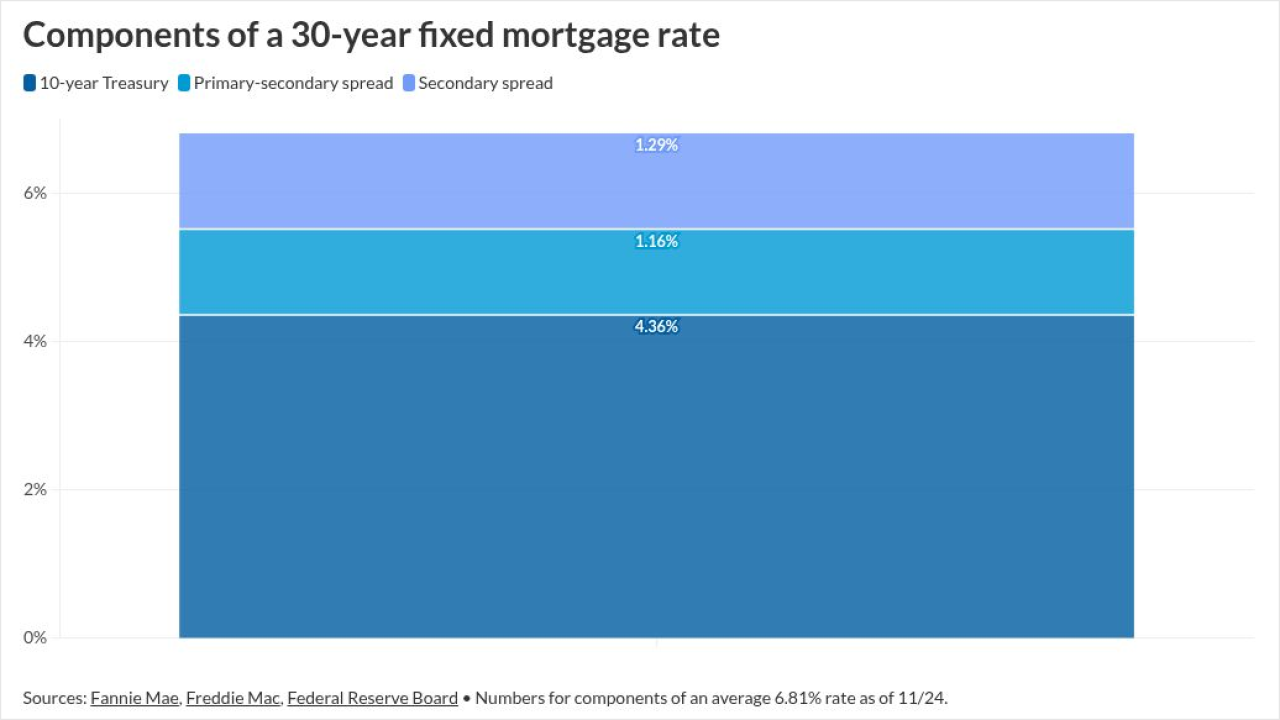Santander Drive Auto Receivables Trust is preparing its first securitization of the year, a $1.5 billion deal that can be upsized to $2.2 billion, from a portfolio of mainly non-prime retail auto loan contracts.
In both scenarios of the 2025-1 series, the capital structure will issue notes through about eight tranches, including an overcollateralization piece representing 5.15% of the pool balance, according to Moody's Ratings.
SDART 2025-1's three senior classes, A1, A2 and A3 have legal final maturities of Jan. 15, 2026, Aug. 16, 2027 and Jan. 16, 2029, respectively, and they all benefit from total initial credit enhancement representing 42.6% of the pool balance.
Subordinate classes B, C and D benefit from credit enhancement levels of 31.1%, 21.8% and 10.7%, and all have the same legal final maturity date, March 17, 2031.
The class E notes mature on May 17, 2032 and have 6.15% in credit enhancement.
One of the pool's credit strengths is that credit enhancement builds up as the pool amortizes, Moody's said. The class A notes benefit from initial over-collateralization of 5.15%, which is expected to build to a targeted over-collateralization level of 10.15% of the outstanding pool balance. There is also another non-declining reserve fund representing 1.00% of the initial pool balance, the rating agency said. There is also subordination and excess spread in the pool.
Yet the pool has a couple of credit challenges, mainly the pool's weak credit quality. On a weighted average (WA) basis, SDART 2025-1's underlying borrowers have a FICO score of 605. The loan-to-value is 109%, and they have 18.0% in APR. The loans also have an original term of 72 months, with a remaining term of 65 months.
Another is the potential for used car prices to decline further from previous historic highs. Used car prices had spiked mainly due to tight wholesale supplies, Moody's said.
RBC Capital Markets, Deutsche Bank Securities, Santander US Capital Markets and SG Americas Securities.
The pool is composed of 68% of used vehicles, and it appears to be geographically diverse. Texas, California and Florida account for 17%, 11% and 8% of the pool, respectively.





